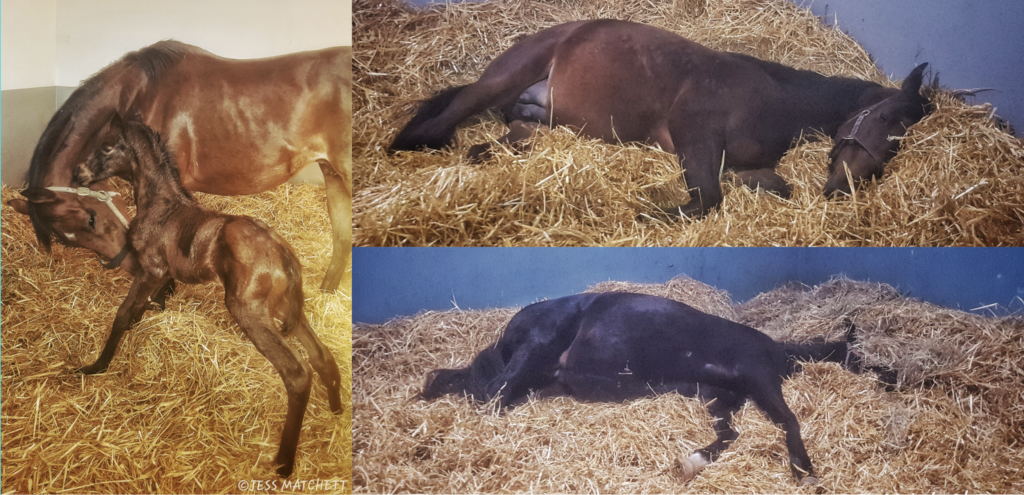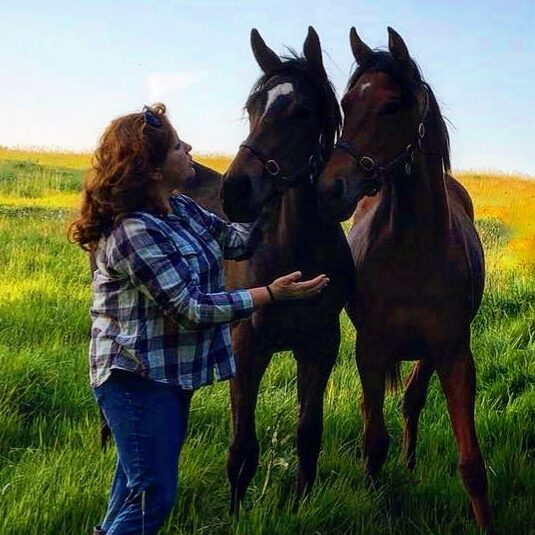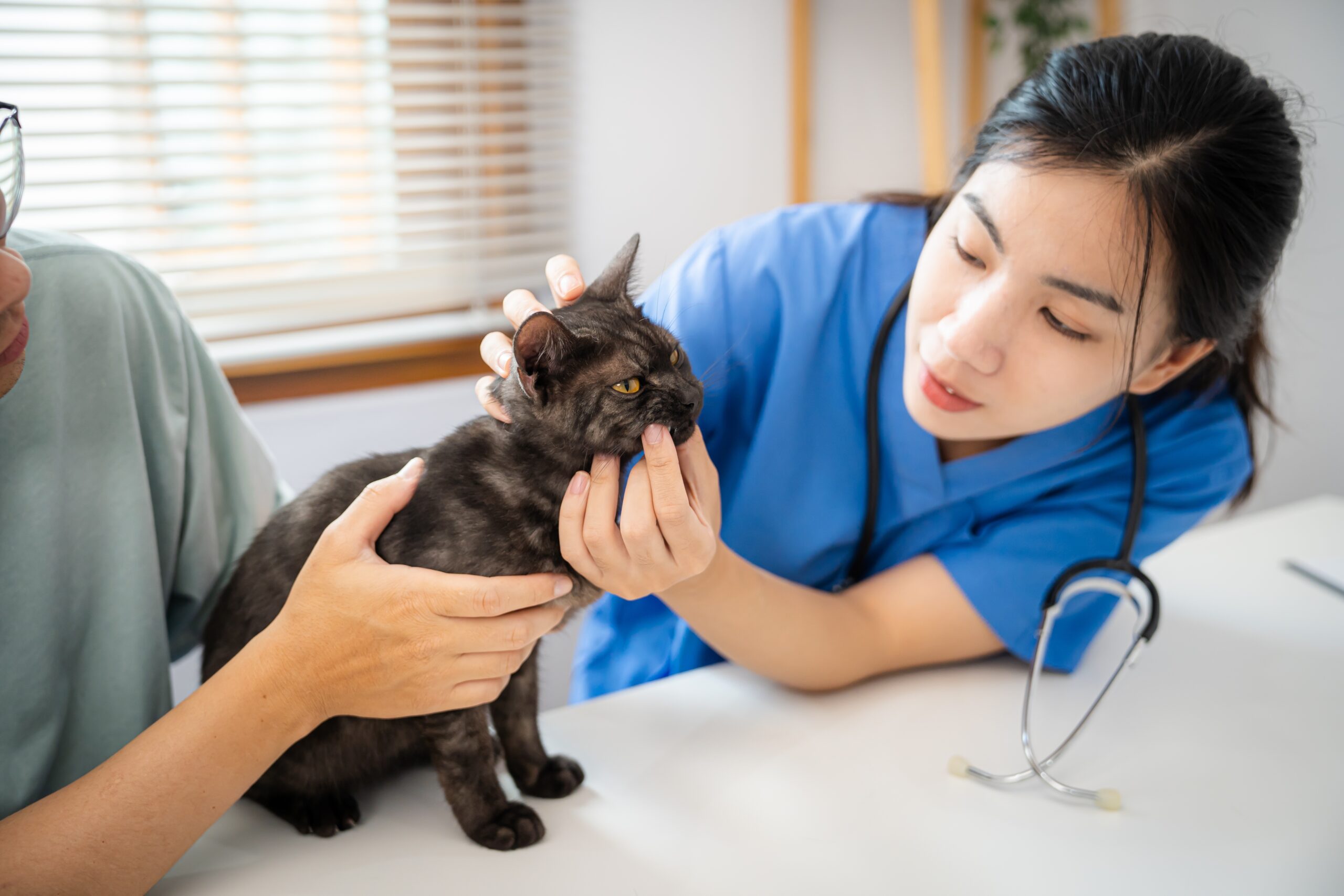There are certain practical preparations that are necessary to make before your mare foals.
One of the most important considerations is where your mare is going to foal. She needs somewhere clean, safe and quiet.
Your mare should ideally be moved to her foaling environment no later than 6-8 weeks before her due date, if she is not already in situ. Once she gets to within a month of her due date, she should definitely be settled into her foaling home.
Not only does this allow her time to settle into her new space and routine, but it gives her body a chance to develop antibodies specific to her environment, which she will also pass through colostrum to her foal.
Living as we do in mercurial Ireland, the most common choice here is to have a mare foal in a stable. If your mare is due to foal in the summer, there is also the option of foaling outside.
If she is foaling in a stable, the larger the better. Minimum size should be 14’x14′, unless you have a miniature or similar. A mare in labour needs space to move, roll, and stretch flat out.
Ideally, the stable should be bedded with straw. Shavings are not the best choice, as they stick to the wet foal, and can enter the airways and eyes etc., as well as sticking to the exposed naval stump. The bed should be kept as clean as possible, and it should be deep. You do not want a heavily pregnant mare who won’t lie down because she is scared to slip getting up, and she should never be down to the concrete. The newborn foal also needs to have a good bed under it.
I am a big fan of deep banks in a foaling box – they can help prevent the mare from getting cast, they make it easier to drag down fresh bedding immediately after foaling, and they also help prevent the foal from making too much contact with the walls as it is learning to find its feet.
If you usually only bed down 1/2 or 3/4 of a stable, you should probably extend this into a full bed as your mare gets closer to foaling.
You may find that as your mare gets closer to term, she starts to be “dirtier” in a stable than she normally would be. Heavily pregnant mares can urinate a lot, and it can be quite concentrated.
They can develop some “odd” habits, such as dunking their hay, etc. Digging and “rearranging the furniture” are also common in late-term.
Lighting is also a consideration – it is much easier to deal with a problem when you don’t have to fumble to see what you’re doing, and it is easier to spot telltale signs of impending labour in a well-lit stable.
Having hot water on hand is also optimal.
In the perfect foaling stable, there will be an option to discretely observe the mare without disturbing her.
There are aids to assist with narrowing the window of potential foaling action, but nothing can replace first-hand observation.
The ability to keep the mare under observation as she approaches her due date is key, no matter where you choose to foal her.
Foaling in a paddock is often a cleaner environment than a stall. If you choose to have your mare foaling in a paddock, it needs to be safely and securely fenced. A newborn foal can easily slip out underneath a post-and-rail fence. Mesh can be attached to rails in order to prevent this, but care needs to be taken that no hooves can get caught, of either mare or foal.
I personally would not even consider foaling a mare in a paddock with electric tape, I think it is asking for trouble, but it does seem some people have a safe outcome in spite of the potential entanglements.
A foaling paddock should have good grass coverage, and ideally, no muddy areas. You can nearly put money on it that if you have 99% grass and 1% bog, the mare will foal in the mud…
It does not take much depth of water in a lone puddle for a newborn foal to drown in.
Neonatal foals cannot thermoregulate like adult horses do, so this also needs to be taken into account. Shelter from the elements is vital.
Another factor to consider when choosing where to foal your mare is her companions.
Foaling down in a field with a mixed herd holds potential problems. It can happen that stallions, geldings, or even other mares, can harm a newborn foal. Other mares could also attempt to steal the foal.
If a mare is being introduced to a new herd before she foals, it is better to do so sooner rather than later, so that the pecking order etc. can be established and settled before she is due to foal.
Luckily you will have about 300 days to figure this out before your mare needs to be moved into her maternity accommodation!



Share
Your subscription is 100% Free for our first year, No credit card details required.

The Judging Concerns That Keep Coming Back — And Why They Can’t Be Ignored Anymore We didn’t make it to

There are few sporting events that live up to the hype. Wimbledon? Too many strawberries. Cheltenham? Too many suits. But

British Veterinary Association publishes full response to Competition and Markets Authority’s proposed remedies for veterinary market for household pets. The